THE STANHOPE STEREOTYPES
20 APRIL 2023
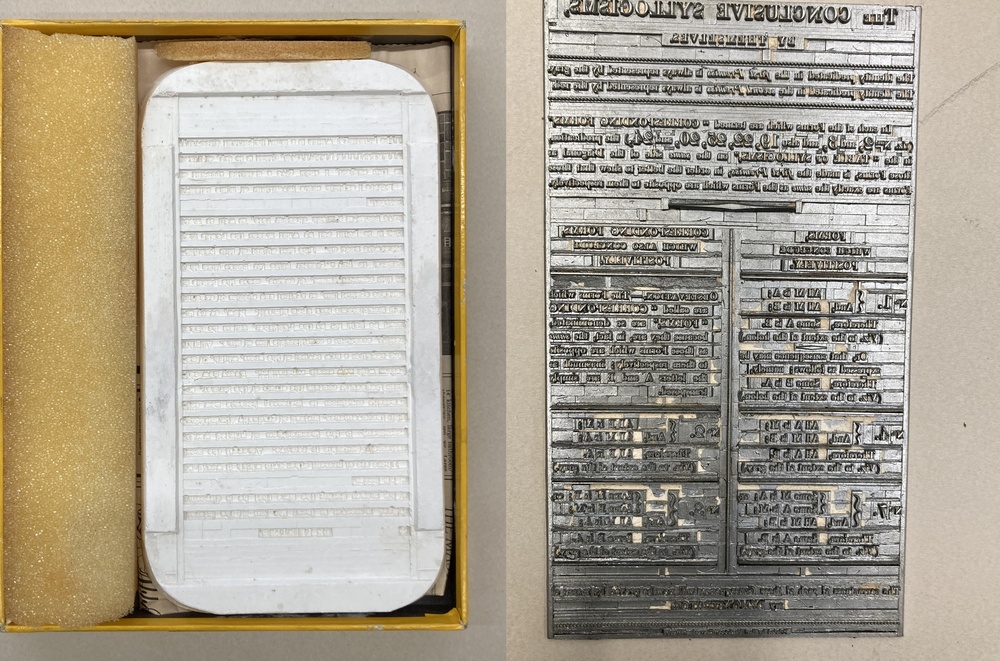
One of the joys of working with archives is the fact that there's always more to learn. While sorting through unacatalogued material in the Stationers' Company Archive this week, I was excited to uncover a few buried gems. Researching them, I found out about the printing technique of stereotyping; about the third Earl Stanhope, one of the nineteenth-century innovators who developed the technique; and about Herbert Smart, the Liveryman who brought them into the Company in the 1980s.
My first surprise was that today's use of both ‘stereotype’ and ‘cliché’ to mean trite or overused characterisation derives from a printing process invented in the 18th century. Stereotypes or clichés were solid plates of type-metal used as an alternative to the combination of chase (frame), movable type and engravings which composed a forme. Traditionally, the forme was laid on the bed of a press, and then inked. Paper was placed on the forme and pressed down with a heavy metal plate called a platen, thus receiving the forme's impression. This arrangement was versatile, but also highly laborious - and inconvenient if, after breaking up the forme, a publication proved more popular than anticipated, initiating an additional print-run.
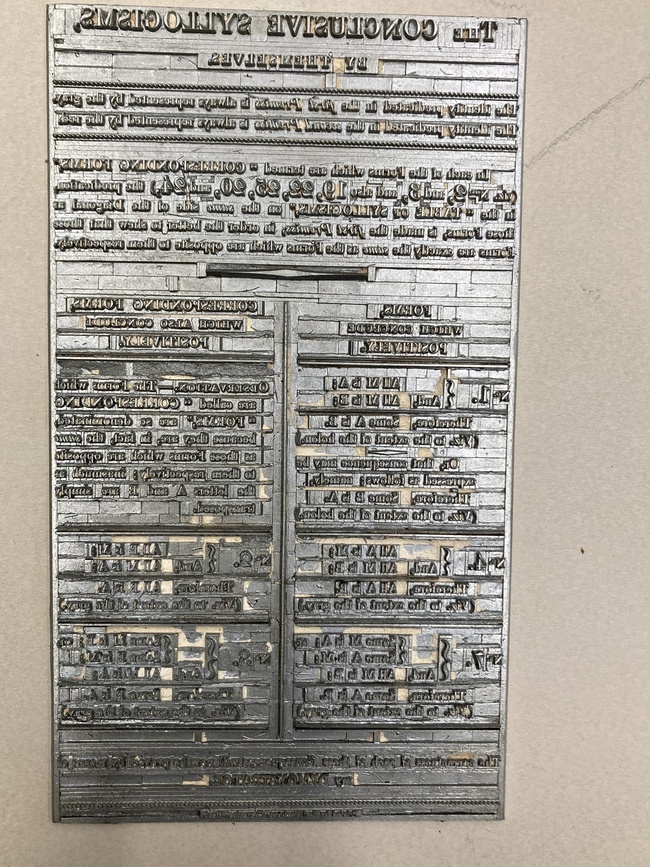
Example of a stereotype: one of the Stanhope plates in the Stationers' Company Archive
As demand for print increased, publishers sought new ways of speeding up the process and increasing their output. Paper-making and type manufacture improved, and in 1800, the introduction of the Stanhope press doubled the surface-area that could be printed - a development which had significant implications for newspaper production. The press was the brainchild of the aforementioned third Earl Stanhope. Stanhope spent his formative years in Geneva, where he received private instruction from the brilliant physicist Georges-Louis Le Sage. This encouraged his interest in scientific and technological innovation. He registered patents for steamships and developed a floating bomb before turning his attention to printing. His all-iron printing press was used for printing The Times, and dominated the field until superseded by the steam press. He also developed a technique for creating plaster moulds into which molten metal could be poured to form printing plates, or stereotypes.
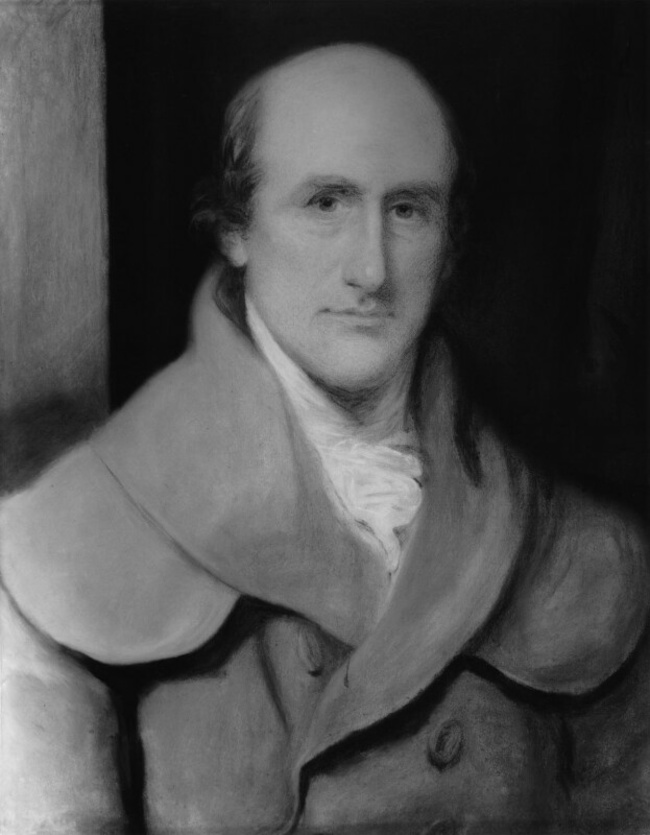
Charles Stanhope, 3rd Earl Stanhope, by Ozias Humphry, pastel, 1796. NPG 380 © National Portrait Gallery, London
It was one of these moulds which I re-discovered on a shelf in the archive store. Boasting the wonderful technical name of a flong, it's an unassuming object, easily overlooked. But its historical significance is huge. Manufacturing flongs was the key to making stereotyping a viable printing method - and stereotyping was the key to high speed, high volume printing. This was because stereotypes could be attached to the cylinders of a rotary press, without the hazard of movable type being flung in all directions by centrifugal force. By the time the first steam-powered cylindrical press was in operation, plaster flongs had been replaced by 'wet, or papier mâché, flongs, but there's no doubt that Stanhope's innovation paved the way for subsequent developments.
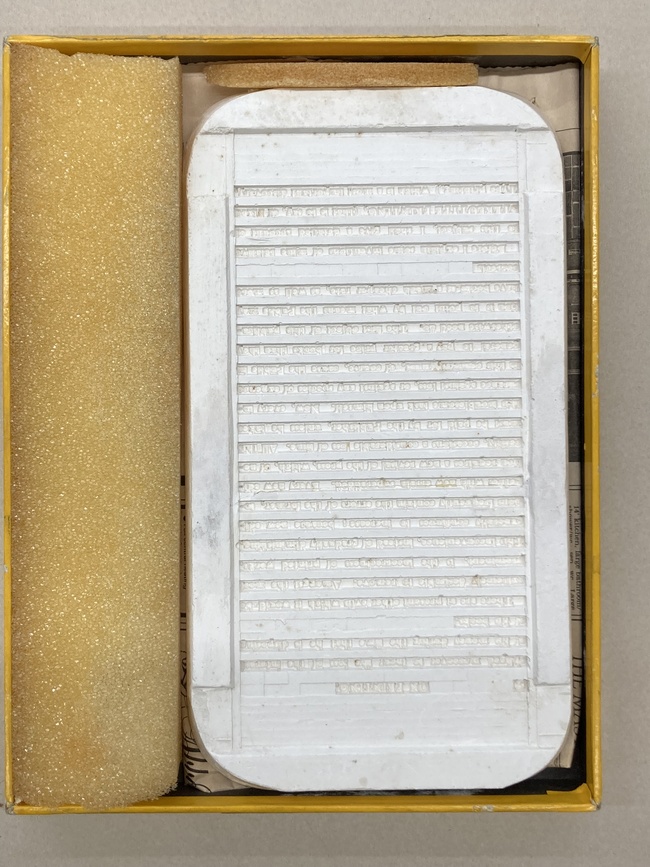
Plaster mould, or flong, from the Stanhope collection
Flongs were essentially ephemeral, built to be destroyed at the end of the print run, so not many have survived. This one was discovered in Chevening (the ancestral home of the Stanhopes) in 1982. We’re very lucky to have secured it on permanent loan, along with some of Stanhope’s stereotypes, from the Trustees of the Chevening Estate. And we owe this to the efforts of Liveryman Herbert Smart (1915-1999).
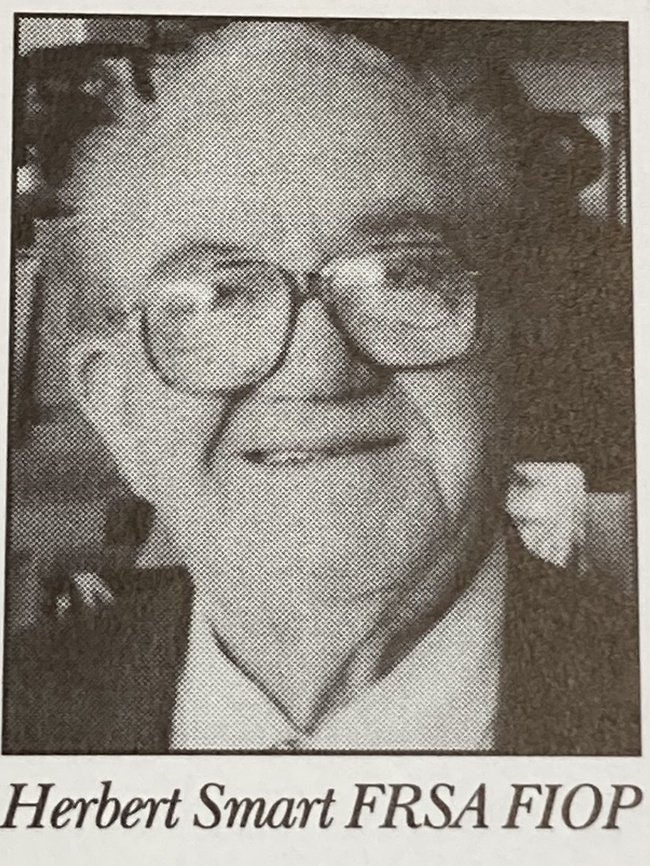
Image from obituary in Stationers' News, 1999
Apprenticed in 1931, Smart worked as an electrotyper and a stereotyper for many well-known companies and publications, including the Illustrated London News, as well as lecturing at the London College of Printing. Clearly a convivial and popular man, he was an active member of, and contributor to, the Stationers' Company (which he joined in 1970), the Guild of St Bride and the Printers' Charitable Corporation. He was a regular visitor to St Bride's Printing Library, and volunteered at the Stationers' Company Library with Honorary Librarians Charles Rivington and Keith Fletcher. His dedication to preserving the history of printing processes led to his organising exhibitions, presenting books and artefacts to the Library and Archive, and negotiating this loan with the Chevening Estate. He also presented the Company with a beautiful gold-plated electrotype, made by himself, of the Company's crest.
The Stanhope stereotypes are currently on display in the Court Room at Stationers' Hall. You can find out more about flongs and stereotypes in Glenn Fleishman's splendidly titled Medium article 'Flong time, no see', available here: https://glennf.medium.com/flong-time-no-see-2b54438027dd